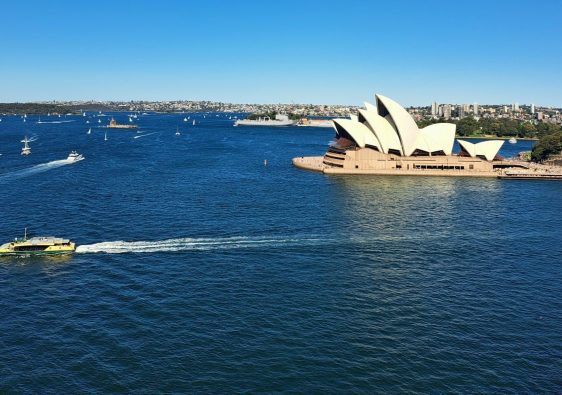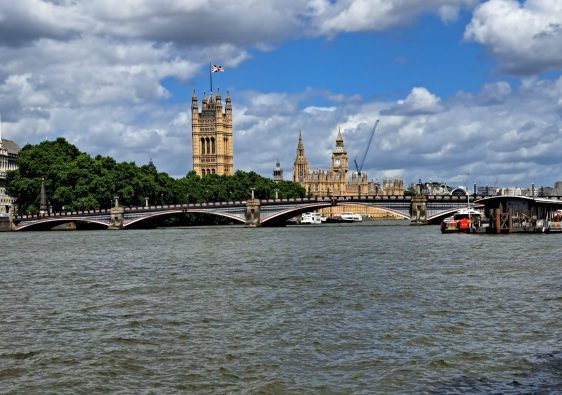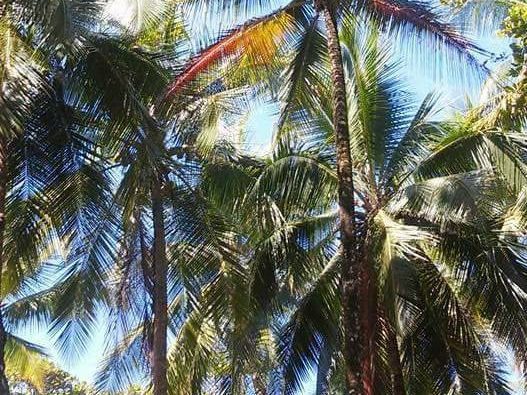Page menu:
Overview – When to visit – Things to do – Places to visit – Cost – Insider tips
The North island of New Zealand is a stunning, fun and culture filled island. Adventure here is abundant! Whether you are into calm hikes, heart-dropping bungee jumps, rafting, mountain biking, cave exploring, go-karting, camping, skydiving, or anything in between, this is the island for you!
With a higher population than the South island, towns are closer together, activities are more accessible and it’s a little more popular with the tourists, making travel here a breeze.

Overview:
Language: English
Money: New Zealand Dollar (NZD)
Conversion rate: 1USD=1.43NZD (as of Sept. 2021)
Tipping: It is not common (or expected) to tip in New Zealand, although tour guides would appreciate a small ‘thank you’ tip.
Outlets: 220 volts. If you are traveling from the US or Japan, you will need a converter and an adapter.
Emergency #: 111
People: New Zealaneders proudly refer to themselves as “Kiwis”. Kiwis are incredibly friendly and open people, making it easy to strike up a conversation with a stranger at any time.
Safety: New Zealand, overall, is a safe country. Of course, there is crime everywhere, but I never felt unsafe during my 8+ months of exploring there.
Water: Tap water is safe to drink. If you are freedom camping, or staying in ‘holiday parks’ be sure to check for signs around water spigots. They are often labeled “not potable” if they are unsafe to drink.

Seasons:
The North island of New Zealand has a mostly temperate climate, but can get chilly in the fall and winter. Expect some rain, but don’t let it stop you from exploring!
Winter=June-August (It will get cold during this time, so come prepared with a jacket or extra money to buy alpaca gloves and merino wool under layers.)
Spring=September-November (You may get rained on, so bring a rain jacket, but the hiking is still good and weather is mild.)
Summer=December-February (The weather is more cheery and it does get hot, but it’s high tourist season. See below.)
Fall=March-May (This is a great time to visit as the crowds have calmed down, but the hiking trails are open!)
High tourist season=Summer. This means towns will be busier, hotels and tours will be more difficult to book and prices will likely rise.
My recommended time to visit: After spending nearly the year there in 2018, I can say that Spring and early Fall are my most recommended times to visit. You don’t get the overpricing of the summer and all of the hikes are open (unlike the winter).



Things to do:

Hiking: This is a major part of the reason people come to the country! From climbing over Wairere boulders, countless viewpoints of the trees and ocean, chasing waterfalls, and checking out Tane Mahuta, to multi-day hikes that lead you to islands (yes, there is a ferry involved), I highly recommend going on as many hikes as possible. Ranges are from a few meter walk on gravel to days-long treks.
Surfing: Stay in Raglan for some seriously laid back, surfer vibes. Board shops offer rentals and lessons, and the abundance of beach options leave you with a sure wave to catch.


Visit cultural museums: Dive into the Maori culture by meeting locals and visiting museums and cultural centers. Paihia has an amazing and educational center with guided tours (Waitangi Treaty Grounds) and Wellington has a free (donations only) museum. Be prepared to spend some time here…it has several floors jam packed with info!
SEE GLOWWORMS! Okay, I may be a bit excited about this one (nature nerd here) but, seeing the glowworms light up the inside of a cave like stars in the sky was truly one of the most memorable moments in my life.

Must-visit places:

Paihia: An adorable beach town with fun shops and cafes lining the main streets. The nightlife is decent with a few bars and a billiard hall or catch a ($13) ferry over to Russell, a little more upscale island, for a nice dinner and shopping.
Pro tip: From Paihia, drive up North to Cape Reinga. This is a viewpoint where the Tasman sea collides with the Pacific, creating waves and sometimes checkered patterns in the middle of the sea! *If you don’t have a car, you can take a tour that includes sand boarding at ‘90 mile’ beach.*
Napier: Art deco capital of the world! This town has a few fun walking streets with shops and restaurants, all with 1920’s facades. Take a stroll along the beach, visit the weekly farmer’s market, tour some apple orchards nearby or go wine tasting at one of the MANY local wineries.


Rotorua: A massive hub for tourist activities, Rotorua is a great town to unwind on its walking streets or get into some once-in-a-lifetime adventures. Right on the edge of town you can find a Redwood forest, natural thermal pools and geysers, and Skyline adventure park with luge, chair lift, zipline, and mountain biking trails surrounding.
Pro tip: Use Rotorua as a home base while taking day trips to visit the Waitomo Caves and Hobbiton.
Wellington: They call it “Windy Welly” and for good reason. It’s a blustery place, but for a city, it has some pretty amazing vibes. Lots of waterfront walkways and restaurants, museums aplenty, huge farmers market on Sunday mornings, sneaky underground markets and food stalls around the city! Wellington is the place to catch the ferry to the South Island! Check out my South Island guide if you’re going to both islands!

General Costs:
New Zealand isn’t a cheap country by any means. With some planning and budgeting, overall cost to travel the North Island can become a lot more reasonable. I’m all about making travel dollars stretch, but remember that it’s okay to splurge every once in a while for a once-in-a-lifetime experience (which NZ has a lot of, so shop around). Here are some general cost ideas to get you started:

Budget
Food: Buying groceries and cooking yourself is one of the cheapest options. If you don’t have access to a kitchen, street food can be affordable, starting around $8/$10 a plate.
Accomodation: Freedom camping (if you have your own, self-sustaining van) is free. Tent camping is about $15 a night and Holiday parks cost around $20per person. Hostels run about $20-$40 a night.
Transportation: Rideshare boards are offered at many hostels, where you meet a fellow traveller and get a ride from them in exchange for for gas money or lunch. Buying a single bus ticket can be anywhere from $1-$25.
Activities: Hikes cost nothing (or sometimes a small fee to enter the park), museums are donation based or cost around $10.

Mid Range
Food: $15-$25 per meal at an average restaurant. Drinks run you about $9-$12 each (but happy hour is very popular)!
Accomodation: Private rooms in a hostel or local hotel cost $50-$70. Airbnbs are, on average, closer to $75.
Transportation: You can buy a “Flexipass” with Intercity bus which is a one time cost (of $130-$250) and you can hop on and off busses all over the country. It uses an hours based system, so it’s a great option if you are doing a lot of moving around the island.
Activities: Guided tours are anywhere from $30-$100s. Feeding Stingrays is around $40 each. Hobbiton is closer to $80.

High End
Food: Of course, there are high end restaurants (I worked in one) where the meals are upwards of $60+ per plate. Personally, I don’t see the need to spend this kind of money on food since the rest of the country is costly. Maybe splurge for a date night, but it might be better to save your cash for bigger experiences.
Accomodation: Chain hotels are easily $150+.
Transportation: Renting a car is also a good option. (Ususally costing around $15-$50 per day, depending on the type of vehicle, length of rental and hidden fees)
Activities: Surf lessons run about $100. Glowworm caves around $120, and skydiving & bungee jumping are easily $200+.

Insider tips:
1 The bus system is fabulous and can take you to most of the “highlight” spots, but renting a car and exploring some lesser known towns, on your own schedule can lead to some once-in-a-lifetime experiences.
2 Get to know a bit about the Maori culture. It is still very much alive and incorporated into a lot of aspects of New Zealand and has some incredible traditions to learn about and embrace.
3 New Zealand can be almost as expensive or as low budget as you make it. My personal recommendation is to stay in cheaper accommodation and cook some of your own meals to save a bit of cash on those, so that you can say “YES” to some of the more costly adventures that the country has to offer.
4 Go out to breakfast. (Atleast once, but you’re probably going to want to go more than once!)
5 Check out my South Island guide for more tips and info!



